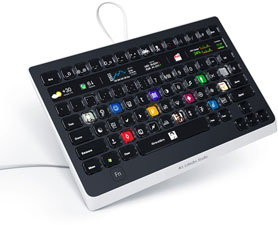- Additional melamine boards for the sides of the form
- Sturdy and LEVEL sawhorses to build on (our finished top weighed around 400 lbs)
- 3/8 inch rebar for inner support
- Remesh for more inner support
- Wire for attaching the rebar and remesh to the form
- Screws for building the form (we used 3 inch and 1 5/8 inch drywall screws)
- Drill (you MUST pre-drill the particle board to avoid splitting)
- Saw(s), circular hand saw and/or table saw to cut the form sides. We also used a chop saw.
- Silicone caulk in a color easily seen on your Melamine (we used black)
- Concrete tools consisting of float(s) and trowel(s)
- Long screed board
- Hacksaw/bolt cutter/wire cutters for cutting your rebar, remesh, and hanging wire
- Level
- Rubbing alcohol
- Concrete (of course). We used Quikrete 5000 without additives like fibers or water reducer.
- Pigment of choice. We used a little black so the natural color would just darken a bit.
- Concrete mixer. Ours was rented and we mixed and filled everything in 4 hours.
Before you build your countertop, you should definitely build a test form. We built two 1 x 2 foot forms with rebar and remesh to test pouring consistency, color, technique etc. This also allows you to test finishing techniques on something other than the real countertop. Please don't skip this step.
Plan the size and shape of your top and mark it out on the Melamine sheet. We didn't need to make any templates since ours was a simple rectangle and was going on an island and not against a wall. Be sure to take into account the thickness of the boards being used for the walls when drawing the guidelines.
*While our sawhorses were both sturdy and level, they were only on the ends of the mold base. After curing, we noticed a very slight bow in the countertop. In retrospect, we should have had two additional supports across the length. *

No comments:
Post a Comment